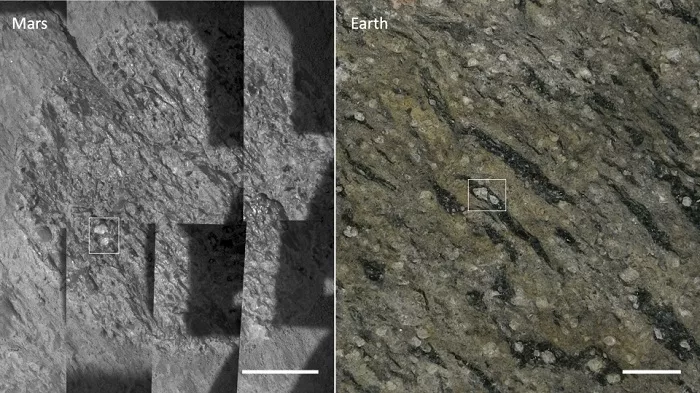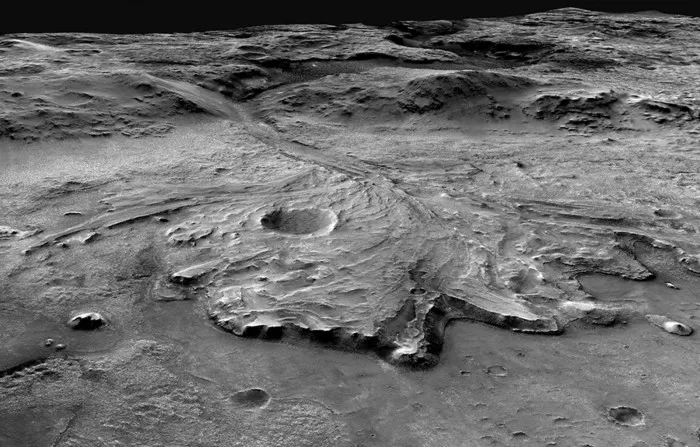For decades, astronomers have been trying to learn more about the history of Mars and how the planet formed and evolved over time If scientists' assumptions are confirmed, a recent discovery may help us understand the cruel past of the red planet
Opportunity rover's "self photography" (from NASA)
In Icarus 》In an article published on, researchers speculated that the rocks found by NASA's Spirit rover and the area being explored by perseverance might be "combustible".
The main rock components here are igneous and sedimentary rocks - mostly formed by catastrophic volcanic eruptions - meaning that Mars may have experienced a rather cruel past.
Jezero pass on Mars (from NASA / JPL Caltech / USGS)
"The olivine rich bedrock covers most of Nili fossae. As for its origin, it has sparked a debate that has lasted for nearly 20 years and everyone has different views," lead researcher Steve ruff said in a statement.
Specifically, there is a correlation between the rock samples found by spirit and specific volcanic rocks on earth. Olivine rich bedrock is a quite common silicate mineral, mainly from magma produced in the planetary mantle.
(from NASA / JPL / Cornell / ASU)
Scientists have previously inferred that volcanoes played an important role in the history and formation of Mars. As for the new study, it points out that Mars may have been more violent than previously expected.
Steve ruff compared the Spirit rover with some images taken on earth and noticed some pattern correlation between the two rocks.

On the left is a photograph taken by spirit (from NASA / JPL USGS / Scripps Institution of Oceanography)
The research team pointed out that this correlation further reveals the cruel past of Mars and gives us a deeper understanding of how volcanic activity helped shape the red planet.
Finally, with the continued investigation of the Mars rover perseverance, we may soon gain more information about the planet.



